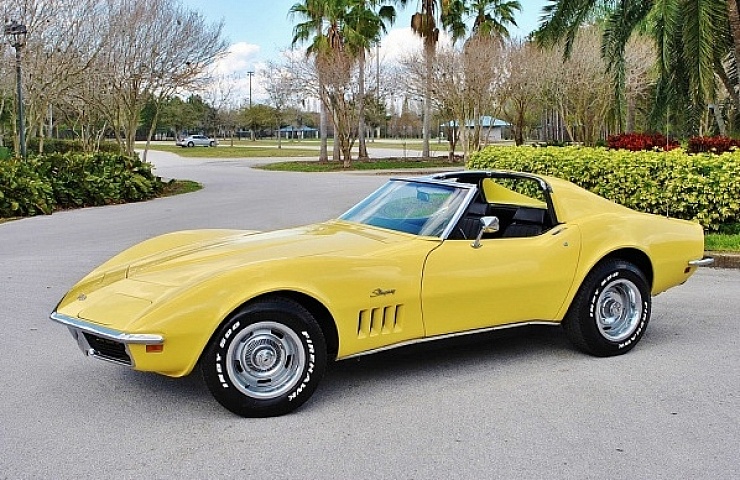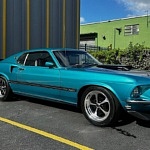If you’re enjoying summertime driving with the top down, it’s a good time to reflect on the time when convertibles disappeared from American showrooms.
Following the publication of Ralph Nader’s 1965 best-selling book, “Unsafe at Any Speed” and the passage in 1966 National Traffic and Motor Vehicle Safety Act, automakers assumed that soft tops would be outlawed because of rollover dangers. Also, consumers were wary of those dangers. By 1976, Cadillac produced its last convertible model Fleetwood Eldorado, marketing the car as an adieu to the genre.
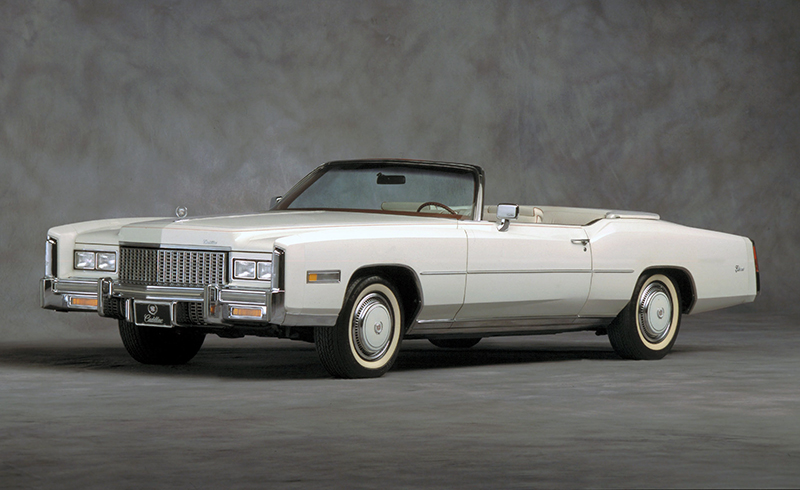
Cadillac limited production of the 1976 Eldorado Convertible to 14,000 cars, 200 of which were designated as “Bicentennial Editions.”
Other automakers followed suit, and for the following six years, convertibles disappeared from dealerships. It wasn’t until 1982 when Chrysler introduced its new drop-top LeBaron that convertibles returned to the automotive scene. (Congress never actually passed legislation outlawing them.)
Another Way to Feel the Breeze
During the convertible’s exile, car manufacturers turned to T-tops with removable glass roof panels, as an open-air alternative. Chevrolet took credit for its invention, but T-tops were the brainchild of automotive stylist Gordon Buehrig, chief designer for Auburn-Cord-Duesenberg in the years leading up to World War II.
Buehrig’s landmark designs include the Auburn Boat-tail Speedster and “coffin nose” Cord 810 and 812. What’s lesser known is Buehrig’s 1948 one-off show car called the TASCO. The acronym stood for “The American Sports Car Company.”
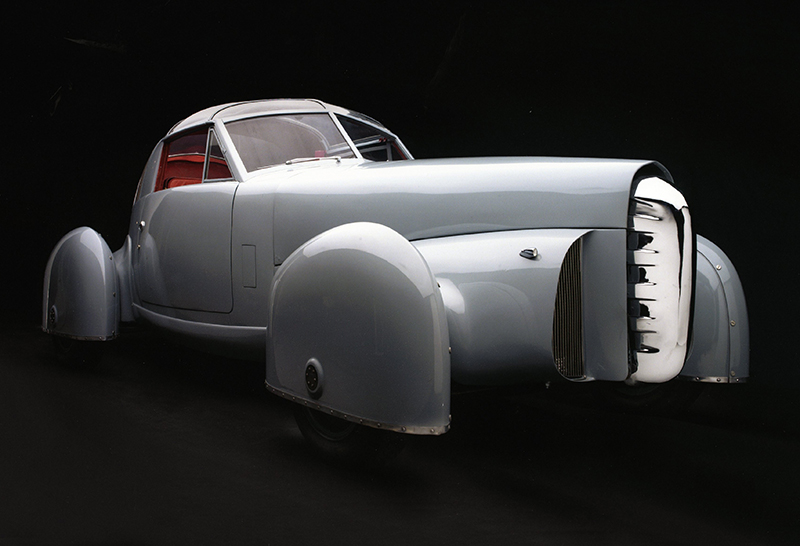
The TASCO concept car designed by Gordon Buehrig, on display at the Auburn Cord Duesenberg Automobile Museum in Auburn, Ind.
A 1939 Mercury from a South Bend junkyard provided the rolling chassis, while the designers focused on aeronautic design elements such as a futuristic center console control on the interior. The roof included two removable glass panels: the first T-tops.
Putting T-Tops into Production
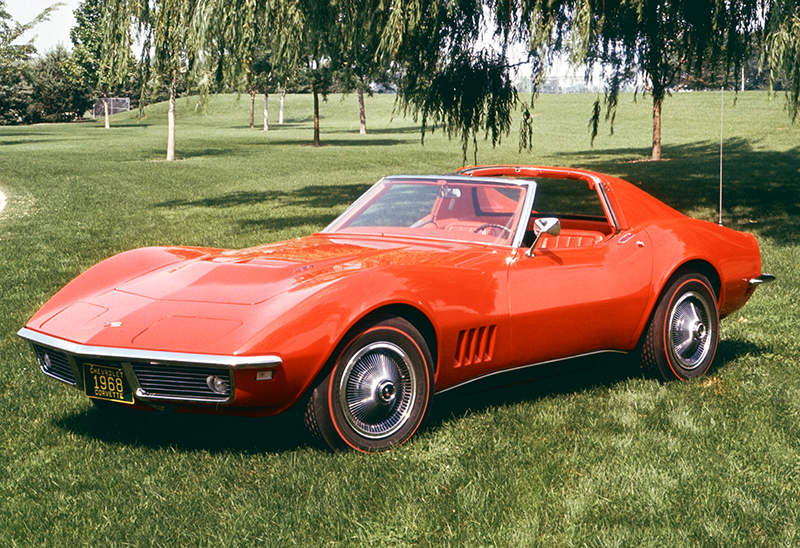
The second-generation Corvette Stingray introduced for the 1968 model year was the first production application of the T-top.
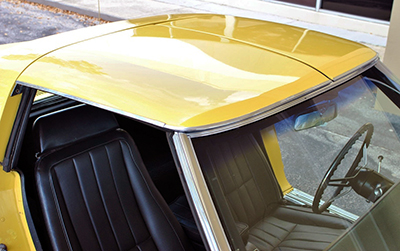
T-Top design for the 1969 Corvette (also shown at the top of this page)
Chevrolet can take credit for the first production T-tops, introduced on the 1968 Corvette Stingray. The ’68 model, penned by Larry Shinoda, was the second-generation Stingray—a landmark sports car design. Chevrolet produced its final Corvette convertible in 1976. Due to the T-top’s success in the showroom, the automaker stopped producing a Corvette convertible in 1976 and didn’t introduce another one until the 1986 model year.
Chevrolet’s brilliant execution of the T-top inspired other automakers to make their own. In addition to the vastly popular Camaros and Firebirds, there were quirkier applications as well: the Toyota MR2, Subaru Brat, and Suzuki X-90 among them. T-tops made it onto the silver screen thanks to Burt Reynolds and his “Smokey and the Bandit” Trans-Am. The movie car sold at Barrett-Jackson’s 2016 Scottsdale auction for $550,000.
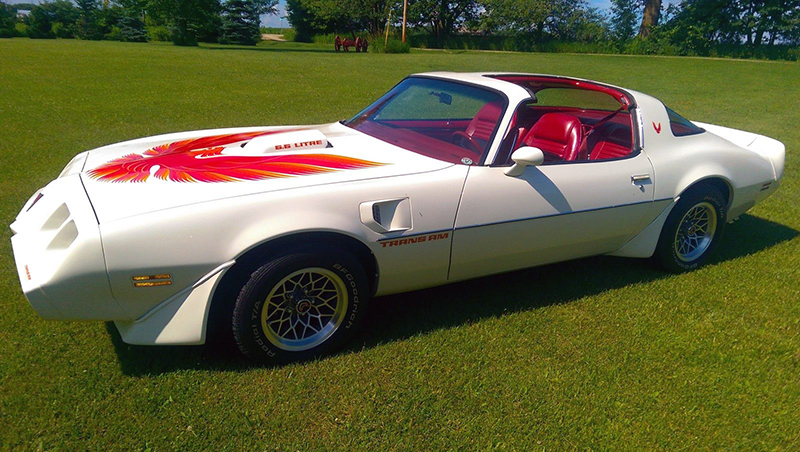
1979 Pontiac Trans Am Special Edition
As popular as they were, T-tops presented owners with some unique challenges. eBay offers kits and other items to address water leaks in a T-top. (See our tips about weather stripping.) Theft was another concern. It’s pretty much impossible to lock down a glass roof panel.
By the turn of the century, T-Tops were phased out, perhaps to return in the future as a cool retro feature. General Motors produced the last T-tops at the end of the Pontiac F-body run in 2002.

